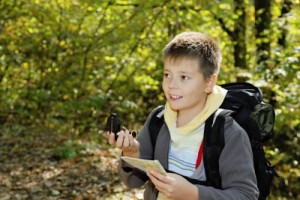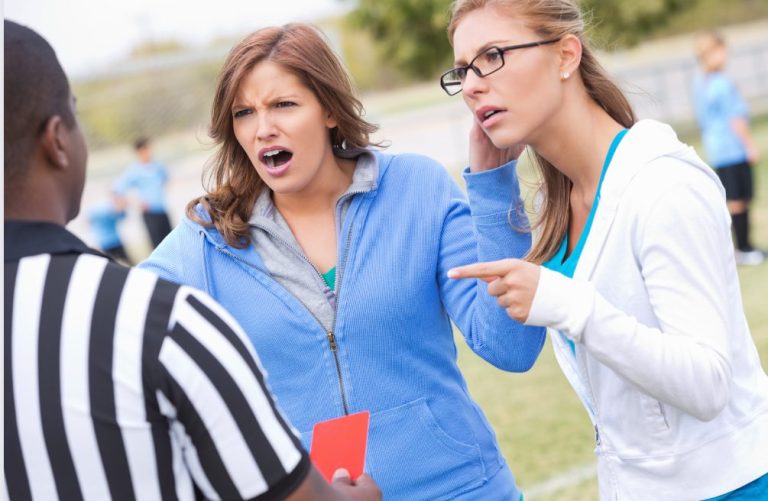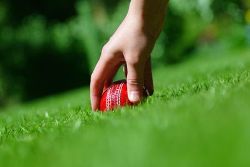Orienteering keeps both the body and the brain active, and because it can be enjoyed by all ages, orienteering is often referred to as a family sport.
What is Orienteering?
Orienteering involves finding one’s way around a course with a map.
As a sport it originated in Scandinavia and at its most challenging involves cross-country navigation in unfamiliar terrain. Competitive participants do it at speed; those in it for recreation go at a gentler pace and enjoy the scenery.
Variations include mountain biking, cross country skiing, endurance (in teams) and park (sprint) orienteering.
A typical event has been likened to a treasure hunt where you navigate around a course from checkpoint to checkpoint, using the map to decide the best route. How you get from each point to the next is your choice. This is part of the fun (strategy) of orienteering.
Orienteering has been described as “running while playing chess” and “cunning running”. It is easy to learn how to orienteer, but the challenges the sport provides are endless. Orienteering offers an intellectual challenge in addition to ordinary physical exercise.
Orienteering therefore keeps the brain active as well as the body.
Where do you do Orienteering?
Orienteering occurs any place where you can use a map. Maps can be of schools, parks, farms, forests – hilly or flat and often very scenic.
Orienteering maps are drawn using internationally recognised symbols and colours, which give a detailed representation of terrain and features. Map scales vary but 1:10,000 is most commonly used for events.
Permanent courses in many cities also enable people to try orienteering (and map reading) on their own, or with friends, at a time to suit.
Orienteering can be practiced almost anywhere in the world, in all kinds of terrain from parks to deserts. Orienteering terrain varies from dense, impassable bushes to treeless areas and from mountains to plains. There are several different forms of orienteering. The international Orienteering Federation (IOF) is the world governing body for foot-orienteering, ski-orienteering, mountain bike orienteering and trail orienteering.
Competitive orienteering involves using a detailed map and a compass to navigate one’s way round a course with designated control points which are drawn on the map. On the route, orange and white control markers are set in the places that correspond to the points on the map. The competitors punch their control cards at each control point. The winner of the competition is the participant who has used the shortest time to visit the control points in numerical order. Fast running alone does not make you a winner. You must also choose the best route between the control points and find the markers without wasting unnecessary seconds.
What age can your child start Orienteering?
Orienteering is enjoyed by people of all ages (for example 7 to 97) and is often called the “family sport”.
Kiwisport orienteering introduces primary school children to the sport. At competitive events those too young to read maps on their own (including pre-schoolers), are often provided with string courses.
To try out the sport just turn up at an orienteering event and ask for help at the registration. Alternatively, students can ask their school to keep an eye out for school events and competitions that may be scheduled in their area.
Orienteering is a sport for everyone, despite their age and experience. The Orienteering sport is famous for many mass events, in which elite orienteers and recreational orienteers, men and women, young children and over 90-year-olds can enjoy the sport together. Orienteering is a sport for the whole family – a real sport for all.
How do you progress over time?
Events have a range of courses for all abilities. Courses are colour-coded for navigational difficulty and will have a range of lengths to cater for age and physical fitness.
Championship grades begin at boys and girls 10 years and under (M/W10) and progress in 2-year intervals to M/W20. Older age groups are in 5 or 10-year intervals, for example, men or women 50 and over (M/W50), sixty and over (M/W60).
Schools grades are similar to other sports (that is, senior, intermediate, junior – separately for boys and girls). The best in the sport can aspire to the NZ Schools team, the junior world championships and, for the elite, tests against Australia and the World Championships.
What gear do you need for Orienteering?
No special equipment is needed to start orienteering, other than sensible footwear and outdoor clothing appropriate for the time of year.
Compasses are not necessary for beginners and GPS units are not permitted. Besides beginner courses, many city park and farmland events can be done without the aid of a compass. Learning how to read the map is the most important skill.
However, those that become competitively interested will find that they want to use a compass as well as wear full-body cover (to protect against branches) and specialist orienteering shoes. Most clubs have a competition uniform.
How much does Orienteering cost?
Other than designated promotional events, you pay for each event and in return you receive a map and a clip card for marking at each checkpoint around the course.
The fee varies according to the type of event – a park event will be cheaper (for example $5) than your regional championship event (for example $20) and fees are usually higher for non-members. By joining a club, participation becomes cheaper; a typical club subscription for one adult is around $30 to $50 per year.
Orienteering is not an expensive sport. A map and a compass, and suitable outdoor clothes are all you need to get started.
How much time does Orienteering take?
As much or as little as you like. Some regions have organised events once a month, others fortnightly and even weekly depending on the time of the year.
While orienteering occurs all year round the major seasons are autumn and spring.
The variety of courses at an event could range from 2km for beginners, young children and the not so fit, to over 15km for elite athletes.
On a point-to-point course you visit controls in a set order at your own speed, whereas with a score course you try to find the shortest way to visit as many controls as possible in any order in a set time. Score events extend to include endurance events, done in teams, for which the set time can be up to 12 or 24 hours. This represents the adventure end of the sport.
In between events, clubs (or schools) provide coaching and training sessions. Squads training for a specific event may also have their own training schedules.
Great Orienteering Websites
For Orienteering in New Zealand; including links to local club websites as well as international websites.
This is the offical site of the International Orienteering Federation.




